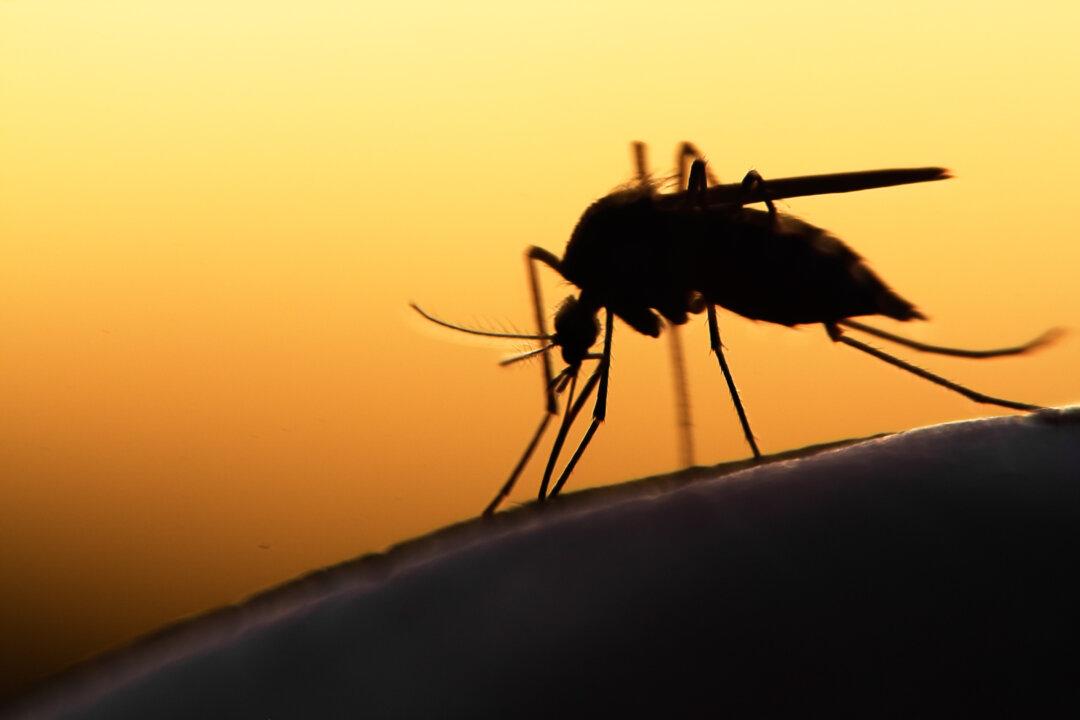Victoria has recorded the highest number of flesh-eating Buruli ulcer cases, with 363 Victorians succumbing to skin infection in 2023.
But most of the recorded cases were not severe.

Victoria has recorded the highest number of flesh-eating Buruli ulcer cases, with 363 Victorians succumbing to skin infection in 2023.
But most of the recorded cases were not severe.